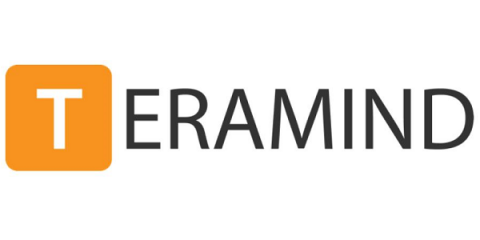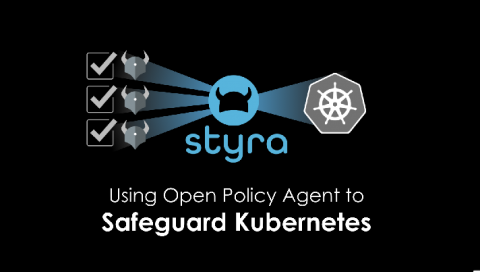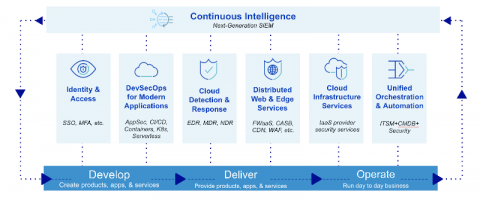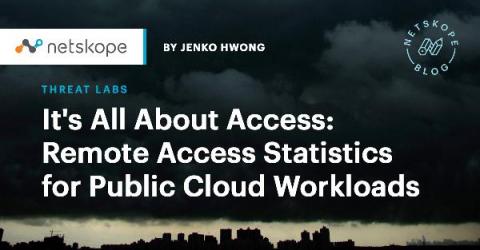The Most Disruptive Black Friday Outages of 2019
Major eCommerce businesses experienced technical difficulties on their websites during Black Friday 2019. And this isn’t something retailers can afford, when Black Friday is traditionally the day retailers roll out their biggest online discounts. As Black Friday approaches, many websites will see a spike in traffic which means an increase in bot activity. Are bots hiding in your holiday traffic?











